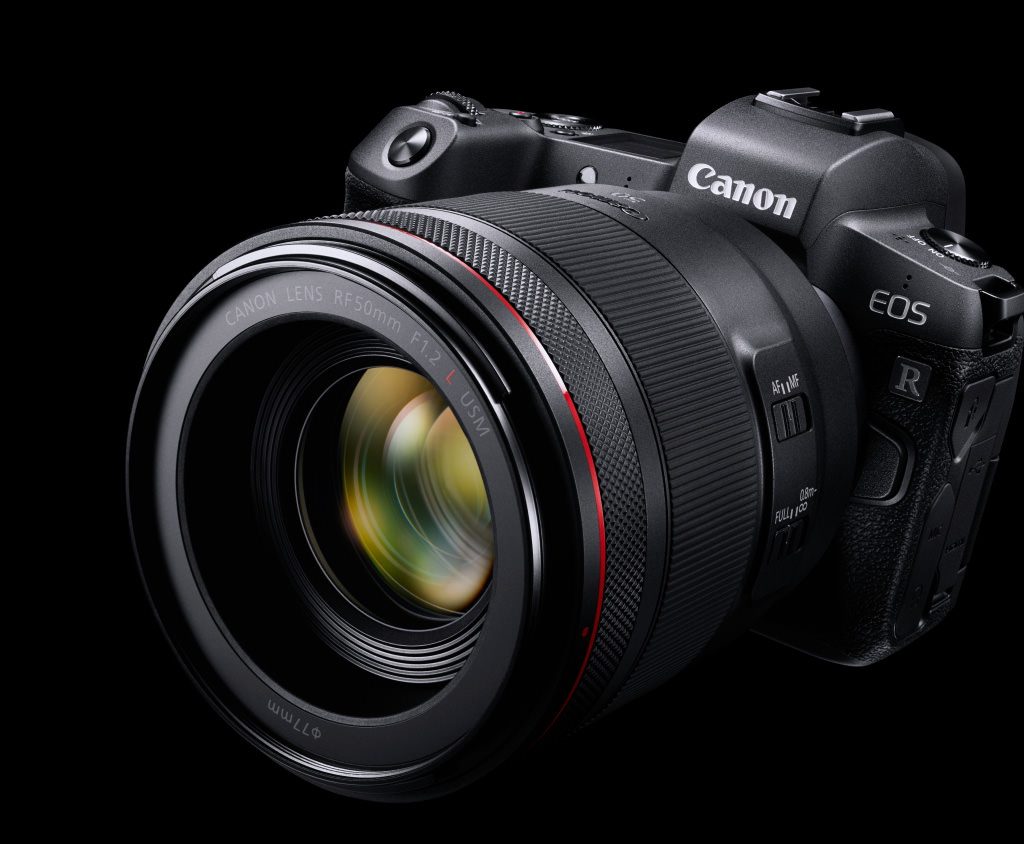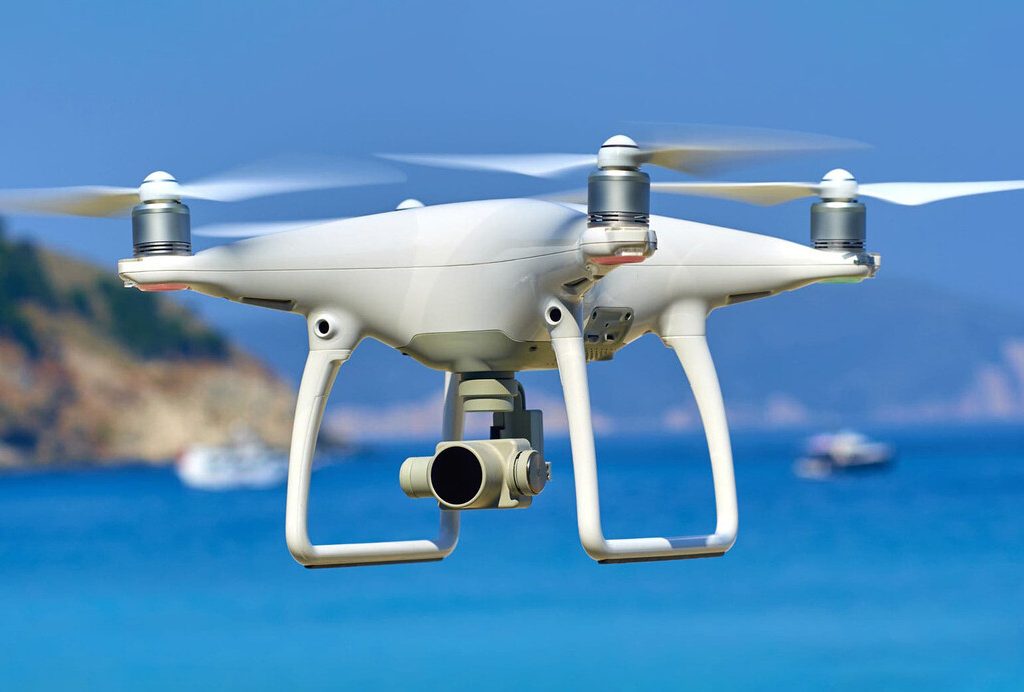
Canon EOS R

The EOS R is Canon’s first full-frame mirrorless camera. It features a 30.3MP CMOS sensor with Dual Pixel AF and an ISO range of 100-40000 (expandable to 50-102400). The EOS R can record both 14-bit (CRW) and compressed (C-RAW) formats. It can shoot continuously at 8 fps in single AF and 5 fps with continuous AF. The Dual Pixel AF system has a whopping 5655 selectable AF points and it can function at light levels as low as -6EV.
The compact body has a 3.69M-dot OLED electronic viewfinder with a 0.76x magnification, as well as a 3.2″, 2.1M-dot fully-articulating touchscreen LCD. On the top plate is an OLED panel that displays current shooting information. The EOS R offers Mini-HDMI and USB-C ports, as well as a 3.5mm external mic socket. Battery life is CIPA-rated at 370 shots per charge (450 using Power Saving mode). A battery grip is available. The EOS R has a single memory card slot that supports UHS-II media.
4K UHD video can be captured at up to 29.97 fps using ALL-I or IBP compression with a max bit rate of 480MBps. If you want 60p video you’ll have to drop down to Full HD.
Videografi tips

The letters D-J-I stand for Dà-Jiāng Innovations. In Chinese, those first two words mean “Great Frontier.” As the industry leader in the manufacture and sales of consumer and enterprise drones (as well as technological innovations in many other areas – think Osmo, Ronin, etc.), DJI has largely set the pace for the industry. Usually, that has left competitors trying to catch up to DJI, rather than the other way around.
Most of my time was spent in a small meeting room, but that lobby display stuck with me. When you look at that product line and consider the improvements in each short generation, it’s impossible to not be impressed. This company has made huge technological leaps in a very compressed time frame.

